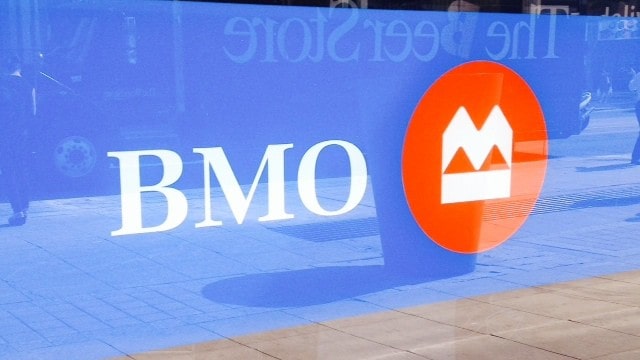Canadian investors are searching for top picks to add to their self-directed RRSP portfolios, and the banks often come up as popular picks.
Let’s take a look at Bank of Montreal (TSX:BMO)(NYSE:BMO) to see if it deserves to be on your buy list right now.
Balanced revenue stream
Investors often overlook Bank of Montreal in favour of its larger peers, but the company probably deserves more respect.
Why?
The bank has a balanced revenue stream, with strong operations in personal and commercial banking, wealth management, and capital markets activities. The Canadian personal and commercial banking group is the bank’s largest group, contributing 42% of fiscal 2017 adjusted net income. The capital markets group supplied 22% of the profits, while wealth management added 17% and the U.S. personal and commercial banking division kicked in 19%.
The U.S. group is an important part of the mix, as it provides a nice hedge against any potential downturn in the Canadian economy. On a geographic basis, Canada provided 69% of adjusted 2017 net income, the U.S. generated 25% of the profits, and the company’s international operations accounted for the remaining 6%.
On a year-over-year evaluation, Bank of Montreal saw adjusted 2017 net income rise in the Canadian personal and commercial, wealth management, and capital markets segments. Profits in the U.S. personal and commercial group came in pretty much flat compared to fiscal 2016.
Dividend reliability
Bank of Montreal has been around for more than 200 years, and has paid out a dividend every year since 1829. That’s a pretty good track record, and the steady trend should continue.
The company raised the payout by 6% in 2017 and also returned profits to investors through the repurchase of five million common shares during the year.
The risks?
Rising interest rates could force some Canadian homeowners to sell their properties. If this occurs on a large scale and house prices tumble, the banks could take a hit.
Bank of Montreal finished fiscal 2017 with $107 billion in Canadian residential mortgage exposure. Insured mortgages represent 51% of the portfolio and the loan-to-value ratio on the other half is 52%. This means that house prices would have to fall significantly before Bank of Montreal sees a material impact.
While a major crash is certainly possible, most analysts predict a gradual pullback in the market, and Bank of Montreal is more than capable of riding out a reasonable downturn.
Valuation
At the time of writing, Bank of Montreal trades for 13.5 times trailing 12-month earnings. The five-year average for the stock is just under 12 times trailing earnings, and the bank’s larger peers all trade at lower multiples today. BMO’s balanced revenue stream and relatively low housing risk make the stock attractive in the current environment, but it certainly isn’t on sale right now.
Should you buy?
Bank of Montreal is a reliable buy-and-hold pick and should perform well for investors looking to have a steady name in their RRSP portfolios. That said, there might be better options out there right now. At the moment, the bank’s three larger peers are cheaper on a P/E basis, and the recent downturn in the market is producing a number of other high-quality opportunities in various sectors.








